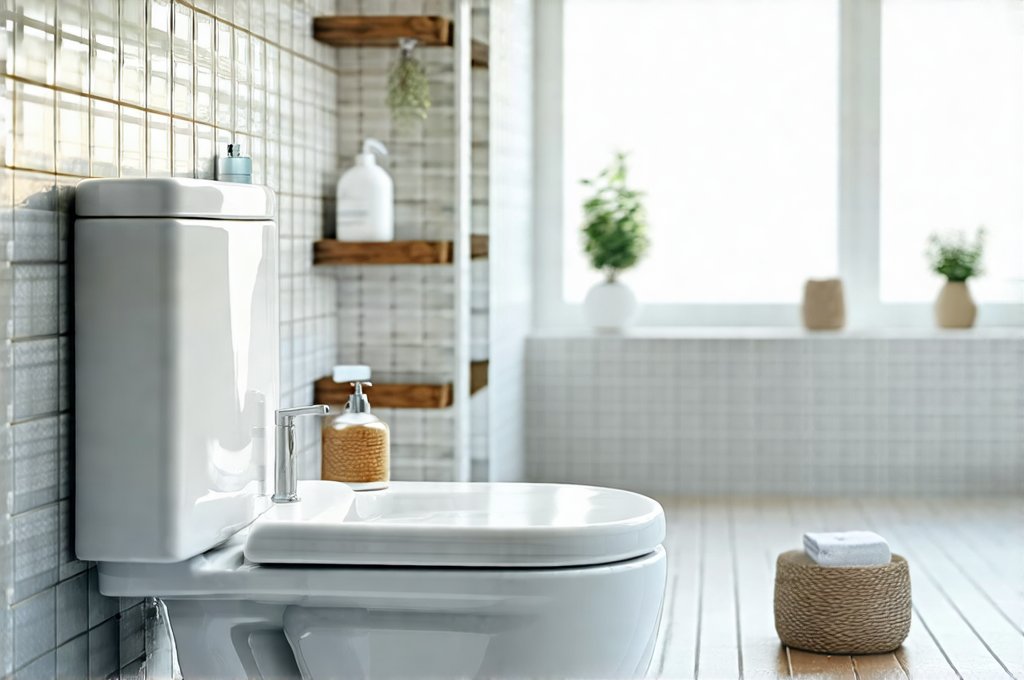Creating a bathroom routine that supports bladder health is about more than just quick trips – it’s about mindful habits woven into your daily life. Many people unknowingly contribute to bladder irritation through seemingly harmless routines, leading to increased frequency, urgency, and even discomfort. This isn’t necessarily a sign of illness; often, small adjustments can make a significant difference in how your bladder feels and functions. A bladder-friendly bathroom routine focuses on minimizing unnecessary strain, promoting complete emptying, and being proactive about potential triggers.
This approach is particularly beneficial for individuals experiencing overactive bladder (OAB) symptoms or those recovering from urinary tract infections (UTIs), but it’s a valuable practice for anyone wanting to maintain optimal bladder health. It’s about understanding that your bladder isn’t just an organ, but part of a complex system influenced by lifestyle choices and daily habits. By incorporating mindful practices into your bathroom time – and beyond – you can cultivate a healthier relationship with this vital part of your body and improve your overall quality of life.
Understanding Your Bladder & Common Irritants
The bladder is an incredibly resilient organ, but it’s also sensitive to various factors. It’s designed to store urine and signal when it needs emptying, but frequent irritation can disrupt this process. One common mistake is “just in case” voiding – going to the bathroom even if you don’t have a strong urge, simply out of habit or convenience. This weakens the bladder muscles over time, reducing its capacity and increasing frequency. Similarly, rushing the emptying process can leave residual urine, potentially leading to discomfort and increased risk of infection.
Beyond these behavioral factors, certain substances are known bladder irritants. These include caffeine, alcohol, carbonated beverages, artificial sweeteners, spicy foods, and acidic fruits (like citrus). While eliminating these entirely isn’t always necessary or desirable, being mindful of consumption can help identify potential triggers. It’s also important to remember that individual sensitivities vary – what bothers one person may not affect another. Identifying your personal triggers is a key step in building a bladder-friendly routine. You might find it helpful to consider choosing safe spices for a bladder-friendly diet as you adjust your habits.
Finally, constipation plays a surprisingly significant role in bladder health. A full bowel can press against the bladder, reducing its capacity and increasing urgency. Maintaining regular bowel movements through adequate fiber intake and hydration is therefore an important aspect of overall bladder care.
Building Your Bladder-Friendly Routine: Timing & Technique
A cornerstone of bladder health is timed voiding – consciously scheduling bathroom breaks rather than responding solely to urges. Start by tracking your urination patterns for a few days to identify your typical frequency. Then, gradually increase the intervals between scheduled voids, aiming for every 2-3 hours initially. Resist the urge to go outside these times unless genuinely necessary. This helps retrain your bladder to hold more urine and reduces the sensation of constant urgency.
When you do go, practice “double voiding.” After finishing urination, wait a few seconds and then try again – gently relaxing and allowing any remaining urine to pass. This ensures complete emptying and minimizes residual volume. Avoid straining or pushing during urination; let gravity do its work. Finally, take your time! Rushing can interrupt the flow and lead to incomplete emptying. A relaxed and unhurried approach is crucial for optimal bladder function. Understanding how to cope with flare-ups is also important – consider creating a post-flare routine for calm recovery if you experience them.
Optimizing Hydration for Bladder Health
Hydration is essential, but how you hydrate matters just as much as how much. While it seems counterintuitive, restricting fluids doesn’t necessarily improve bladder control; it can actually concentrate urine, making irritation worse. Aim to drink a consistent amount of fluid throughout the day – typically 6-8 glasses (around 2 liters) – but avoid large volumes at once.
Spread your fluid intake evenly across waking hours and reduce consumption in the evening to minimize nighttime trips. Water is generally the best choice, as it’s non-irritating and readily available. Avoid sugary drinks, caffeine, and alcohol, which can all exacerbate bladder symptoms. Consider herbal teas (non-caffeinated) as a soothing alternative.
Dietary Adjustments for Reduced Irritation
As mentioned earlier, certain foods and beverages are known bladder irritants. Keeping a food diary alongside your urination log can help identify your specific triggers. Common culprits include citrus fruits, tomatoes, spicy foods, chocolate, artificial sweeteners, and carbonated drinks. Eliminating these entirely may not be necessary, but reducing their intake can often provide significant relief.
Focus on incorporating bladder-friendly foods into your diet. These include vegetables (except those in the nightshade family for some individuals), whole grains, lean protein, and moderate amounts of dairy. Fiber-rich foods are also beneficial for preventing constipation, which indirectly supports bladder health. Remember to experiment and find what works best for you – there’s no one-size-fits-all approach.
Mindful Bathroom Habits & Pelvic Floor Exercises
Beyond timing, technique, hydration, and diet, mindful bathroom habits play a crucial role in bladder health. Avoid the temptation to “just in case” voiding; only go when you have a genuine urge. Create a relaxed environment during urination – take deep breaths and avoid distractions. And remember, don’t rush! To help establish these routines, consider creating a weekend reset plan for urinary calm.
Complementing these practices with regular pelvic floor exercises (Kegels) can strengthen the muscles that support your bladder and urethra, improving control and reducing leakage. These exercises involve contracting and relaxing the pelvic floor muscles, similar to stopping mid-stream during urination. It’s important to perform them correctly – consult a physical therapist specializing in pelvic health for guidance if needed. Consistency is key; aim for 10-15 repetitions several times a day. A good first step may be tips to improve bathroom hygiene for women.





















